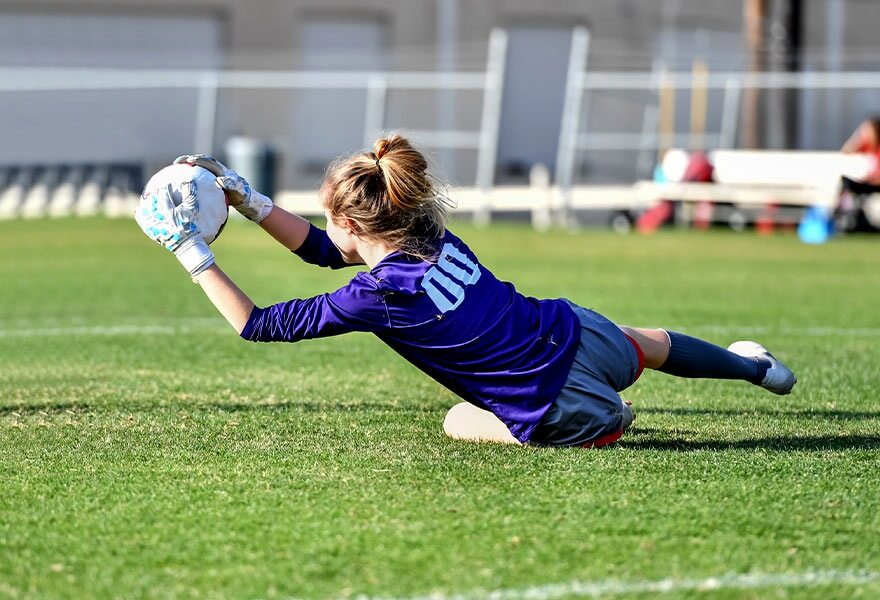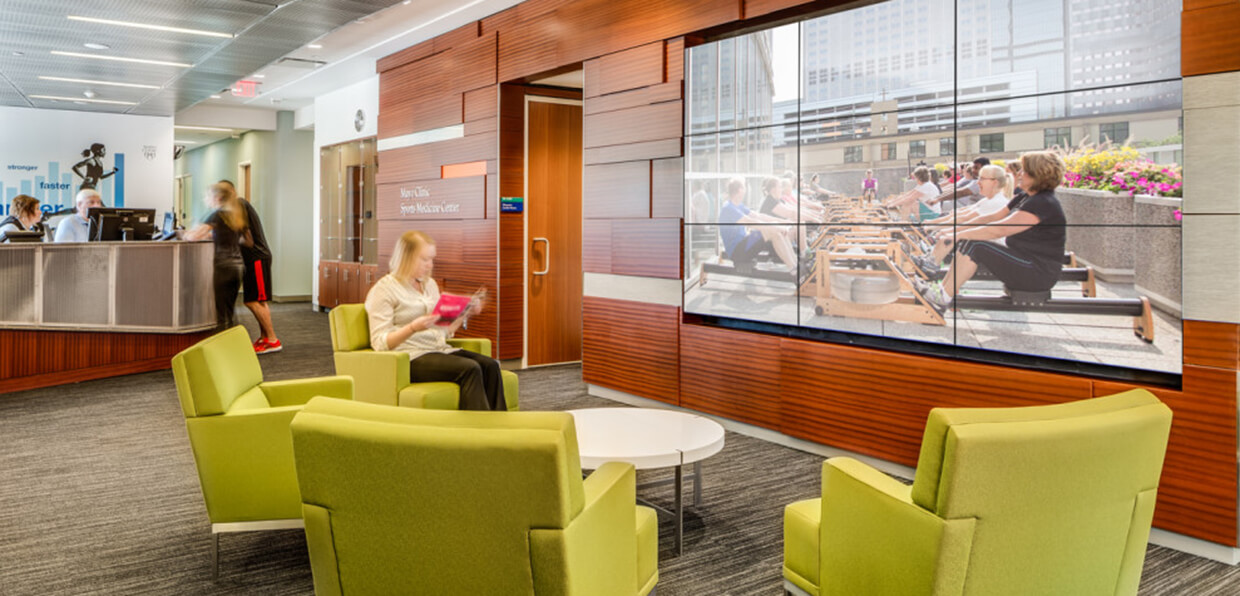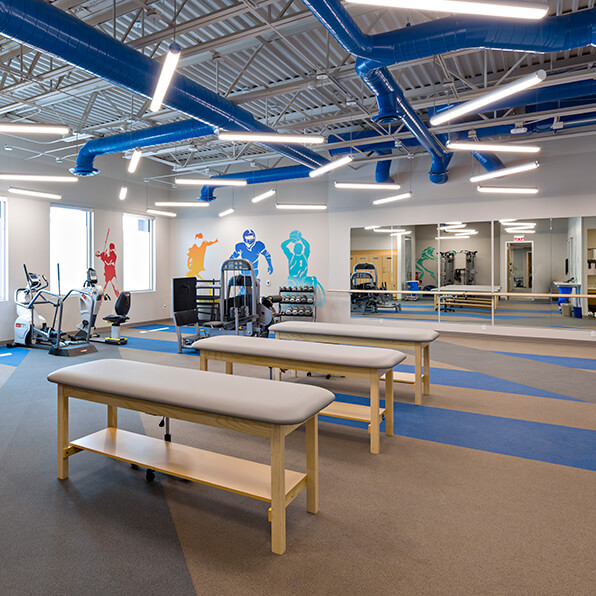“Many people have knee pain during some phase of their life. For children, it usually occurs during growth as the body is getting used to its new size. For teenagers and young adults, knee pain usually occurs as part of a trauma, sports injury or overuse. For older adults, knee pain is usually part of osteoarthritis, which is damage to tissues that are not resistant or resilient to the wear and tear of modern life.
“The knees are often outside the body’s center of gravity,” said Dr. Daniel B.F. Saris, an orthopedic surgeon and sports medicine specialist at Mayo Clinic Sports Medicine in Minneapolis and Rochester. “When people walk up or down stairs, the knee is hit with five to seven times the body’s weight. That’s why many people have pain in their knees, and why it’s an important joint.”
Articular cartilage serves as the knee’s shock absorber and provides a smooth, gliding surface. “The role of cartilage in the body’s joints, and especially in the knee, is to make sure the joint glides smoothly,” said Saris.
In addition to the femur in the thigh and the fibula and tibia in the lower leg, the anatomy of the knee includes:
- patella, known as the kneecap.
- articular cartilage.
- meniscus.
- ligaments – anterior cruciate (ACL), posterior cruciate (PCL), lateral collateral (LCL), medial collateral (MCL)
“The knee is the most frequently damaged joint because there are so many tissues that need to be working at peak function,” said Saris.
Articular cartilage does not contain nerves or blood cells and cannot repair itself when it’s damaged. As a result, once articular cartilage becomes damaged, it can rapidly deteriorate to osteoarthritis.
Young athletes who tear their ACL or meniscus are most at risk for articular cartilage injuries. “Without a secure ligament to keep it stable, the knee will be more apt to dislocate. With a torn meniscus, the knee makes a lot of unnecessary motions. In both situations, cartilage will get damaged or be worn down quicker,” said Saris.”
Read more about repairing the damaged cells and new therapies in the full article at the Minneapolis/St. Paul Business Journal.






